The Library of Consciousness
of Consciousness
What Is Life? (1944)
Buddhism, The Only Real Science
Brahm argues that modern science has become dogmatic, unlike Buddhism’s humble search for truth. He humorously derides scientists’ arrogance while praising Buddhism’s rigorous objectivity and avoidance of biases. Quantum theory reveals reality as uncertain, not fixed measurements. Ultimately, the mind transcends material reality—the world fits inside it, not vice versa. Buddhism keeps science’s empiricism while avoiding its blinkered materialism, making it the true “science of mind.”

Does It Matter?
Alan Watts explores modern day problems from the outlook of his own philosophy in this collection of essays, inspired mainly by Mahayana Buddhism, Hinduism, and Taoism. Tackling problems of economics, technology, cooking, and clothing, he offers a fresh perspective which is all too foreign to Western society and implores us to get back in touch with the sensuous materiality of the world.
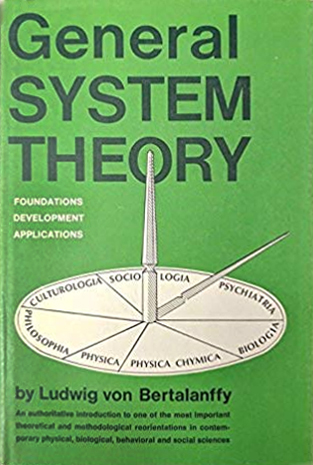
General System Theory
In his seminal work, biologist Ludwig von Bertalanffy outlines a theory of systems that breaks down disciplinary boundaries and argues that there are general principles and laws applicable to systems of all kinds. He contends that phenomena should be viewed not in isolation but as components of systems interacting with their environments. Bertalanffy proposes that there are commonalities across biological, physical, and social systems that can be explored through systems thinking. He suggests the need for an overarching systems science to uncover these universal system principles. The book develops key concepts like open and closed systems, steady states, growth, feedback, homeostasis, differentiation, hierarchy, and emergence. General System Theory was groundbreaking in its interdisciplinary approach and helped foster the growth of systems theory across academia and society.
In Search of the Original Tree of Knowledge
Terence shares his “Stoned Ape” theory—that psilocybin mushrooms drove human evolution by enhancing cognition and fostering social cohesion. He explores psychedelics’ power to dissolve the ego, open the Gaian mind, and guide us towards transcendence. McKenna also delves into the fractals of time, the Santa Claus-Amanita connection, and the radical implications of his Timewave Zero theory. A captivating look at psychedelics, consciousness, and the mysteries of the universe!
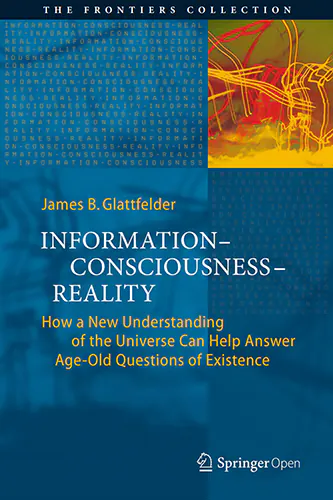
Information — Consciousness — Reality
This open access book chronicles the rise of a new scientific paradigm offering novel insights into the age-old enigmas of existence. Over 300 years ago, the human mind discovered the machine code of reality: mathematics. By utilizing abstract thought systems, humans began to decode the workings of the cosmos. From this understanding, the current scientific paradigm emerged, ultimately discovering the gift of technology. Today, however, our island of knowledge is surrounded by ever longer shores of ignorance. Science appears to have hit a dead end when confronted with the nature of reality and consciousness. In this fascinating and accessible volume, James Glattfelder explores a radical paradigm shift uncovering the ontology of reality. It is found to be information-theoretic and participatory, yielding a computational and programmable universe.
Is the Emergence of Life an Expected Phase Transition in the Evolving Universe?
This article proposes a new definition of life as chemical systems that achieve catalytic closure, constraint closure, and spatial closure. It argues that the emergence of such living systems is an expected phase transition in the evolving universe. However, the ever-creative evolution of life thereafter cannot be explained by physics alone, showing the limits of reductionism. Life is a double miracle—expected yet unexplainable.
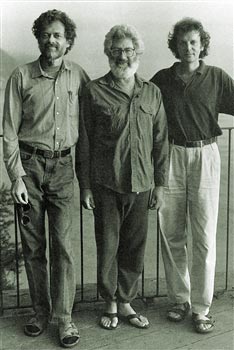
Metamorphosis
Join McKenna, Sheldrake, and Abraham on an imaginative journey into nature's creativity. Surfing the chaotic waters of psychedelic states, they catch glimpses of the Gaian mind behind Earth's being. Here, in imaginal realms beyond rationale, novelty is born. By relinquishing egoic control and surrendering to an unknowable creative force, we tap into the divine imagination—the eternal wellspring of nature's endless becomings. Immersing ourselves in this flow, we reunite with the cosmic creative essence.
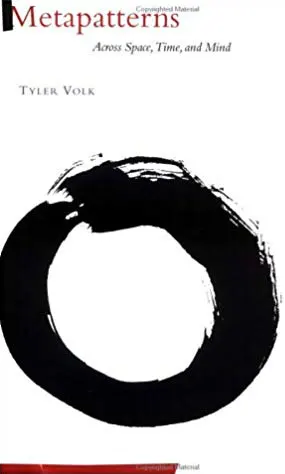
Metapatterns
In the interdisciplinary tradition of Buckminster Fuller’s work, Gregory Bateson’s Mind and Nature, and Fritjof Capra’s Tao of Physics, Metapatterns embraces both nature and culture, seeking out the grand-scale patterns that help explain the functioning of our universe. Metapatterns begins with the archetypal patterns of space, both form-building and relational. Tyler Volk then turns to the arrows, breaks, and cycles that infuse the workings of time. With artful dexterity, he brings together many layers of comprehension, drawing on an astounding range of material from art, architecture, philosophy, mythology, biology, geometry, and the atmospheric and oceanographic sciences. Richly illustrating his metapatterns with a series of sophisticated collages prepared for this book, Volk offers an exciting new look at science and the imagination. As playful and intuitive as it is logical and explanatory, Metapatterns offers an enlightening view of the functional, universal form in space, processes in time, and concepts in mind.
On Self-Organizing Systems and Their Environments
An adaptation of an address given at The Interdisciplinary Symposium on Self-Organizing Systems in Chicago, Illinois. Von Förster argues self-organizing systems don't exist in isolation but require an environment to draw energy and order from. He defines measures of order and mechanisms whereby order arises, including via internal "demons" that decrease system entropy and external "demons" that increase maximum possible entropy. Overall, some noise helps systems remain adaptable.
Our Cyberspiritual Future
Terence holds court on our civilization's journey toward the eschaton at this weekend Esalen gathering. He riffs on topics from psychedelic states and alien intelligences to time travel and VR. McKenna argues we're evolving toward an unimaginable state of accelerating novelty, propelled by advancing technology. A mind-expanding ride for the open-minded psychonaut or armchair traveler, guided by one of the twentieth century's most eclectic thinkers.
Physics of Life, Time, Complexity, and Aliens
Sara Walker and Lex Fridman explore life’s grand mysteries, touching on the nature of existence and the origins of life to the potential of artificial intelligence and the future of consciousness. Walker’s unique perspective challenges conventional wisdom, inviting us to reconsider our place in the cosmic dance.
Power of Space
Weaving connections between Eastern thought and modern science, Alan Watts explores the wonder of space. For him, space is no mere emptiness but a cosmic tapestry integral to existence. He draws parallels between space and the Buddhist void, seeing both as the interwoven ground of being that allows consciousness to emerge.
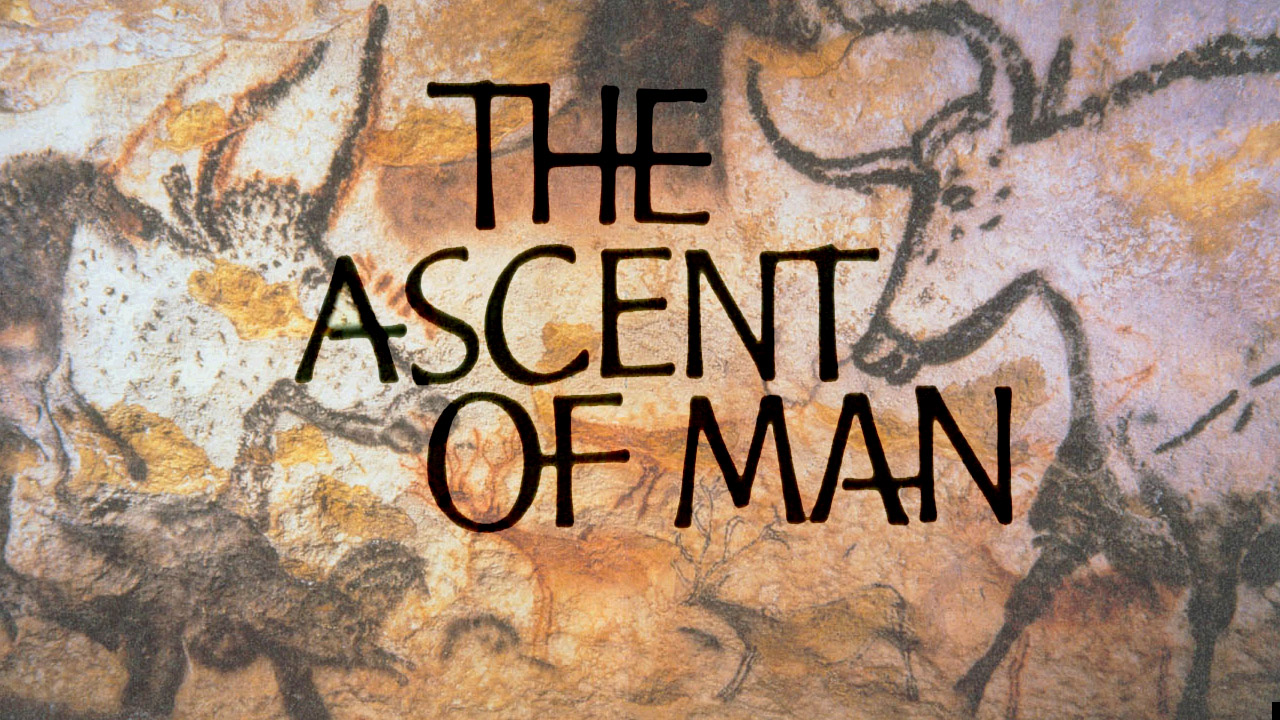
Knowledge or Certainty
Bronowski's statement on information and responsibility's a moral dilemma to scientists. Principle of certainty in physics applies to all knowledge. Examines implications of bombing Japan. Contrasts humanist tradition of Göttingen University with the inhumanities of Auschwitz.

The Book
At the root of human conflict is our fundamental misunderstanding of who we are. The illusion that we are isolated beings, unconnected to the rest of the universe, has led us to view the “outside” world with hostility, and has fueled our misuse of technology and our violent and hostile subjugation of the natural world. In The Book, philosopher Alan Watts provides us with a much-needed answer to the problem of personal identity, distilling and adapting the ancient Hindu philosophy of Vedanta to help us understand that the self is in fact the root and ground of the universe. In this mind-opening and revelatory work, Watts has crafted a primer on what it means to be human—and a manual of initiation into the central mystery of existence.
The Old and the New Vision
Herbert Günther reveals how ancient Tibetan Buddhist texts offer insights into consciousness that parallel modern scientific discoveries. The Tibetans viewed humans not as isolated beings, but as expressions of universal intelligence, describing three levels: the physical body, an experiential “phantom-like” body, and a mysterious deep structure. Their texts suggest that the universe itself is conducting a grand experiment through human consciousness—playfully creating new possibilities and evolving toward higher forms of order.
The Unreasonable Effectiveness of Mathematics in the Natural Sciences
The Richard Courant lecture in mathematical sciences delivered at New York University by physicist Eugene Wigner, in which he observes that a physical theory's mathematical structure often points the way to further advances in that theory and even to empirical predictions.
The Watcher, the Knower, the Spirit Self
Swami Sarvapriyananda discusses the Advaita Vedanta understanding of consciousness, which sees it as the fundamental, non-dual reality behind all experience. He contrasts this with scientific theories that try to explain consciousness in terms of brain activity, arguing that such approaches cannot account for the subjective, first-person nature of consciousness. He also touches on the Vedantic views on consciousness after death, rebirth, and the relationship between spirituality and emerging technologies like AI.